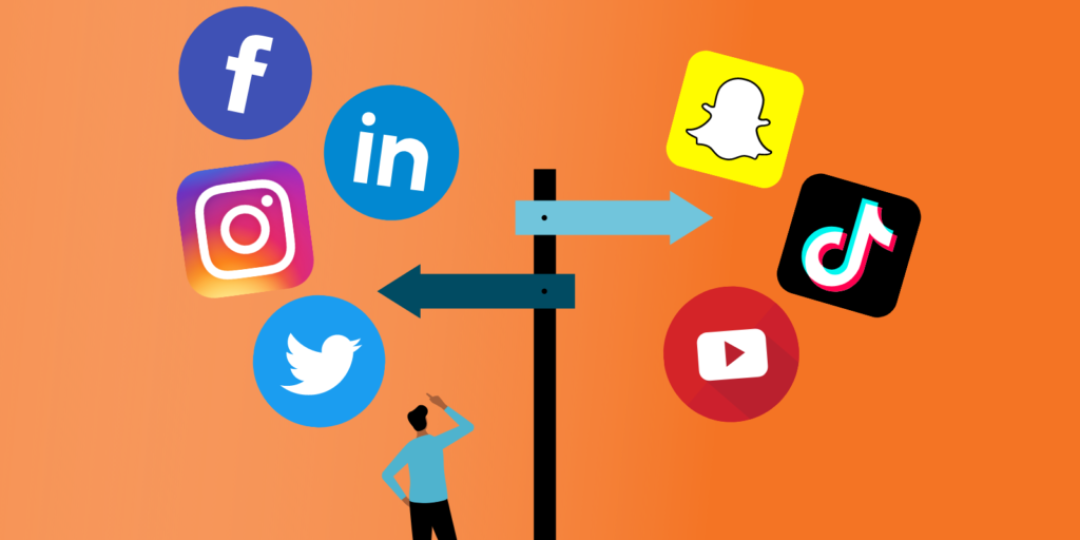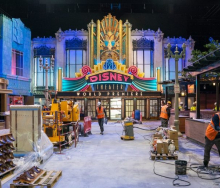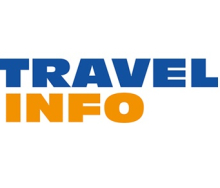Last year the average consumer spent 2,27 hours a day scrolling through social media feeds, according to market data site, Statista.
There are now nearly five billion consumers on social media, making it an audience that can no longer be ignored by travel marketers.
This was the general consensus from travel marketers that Travel News spoke to, where they highlighted that social media played a vital role in how brands managed their reputations, sold products, built and maintained relationships and told their stories to consumers.
“Unlike traditional advertising, social media advertising tends to be slightly cheaper. It also allows for campaigns to live longer online and be easily shareable across different users,” said Phenyo Marumo, Minor Hotels Regional Marketing and Communications Manager.
Neil Hughes, MD of Providence Hospitality and its subsidiary, Quivertree Digital Hospitality Solutions (digital marketing agency), said social media had become more effective than a search engine for many hospitality businesses.
“Social media is a highly effective method of engaging with our clients and in driving customers to our websites. For some of the hotels that we work with, up to 60% of their website’s total traffic is generated from click-throughs from social media posts.”
Struan Langlands, Marketing and Communications Manager at Tourvest Destination Management, said social media was a great way to showcase its wide range of skilled people across the globe, its destinations, initiatives and products, as well as staying in touch with suppliers, clients, partners and customers.
“We also find immense value in using social media as a recruitment tool, to find new talent, including tourist guides. We also use it to educate audiences, travellers and overseas agents about critical issues that our industry faces, including the important work we do around nature conservation, upskilling communities and key sustainability projects,” Langlands added.
Best social media marketing platforms
Travel News’s sister publication, Tourism Update recently ran a poll asking the inbound travel trade which social media marketing platform was the most valuable to them, and Facebook (47%) came out on top, followed by Instagram (38%).
Minor Hotels have found that different demographics of its audience are active on different platforms, so it uses a combination of platforms, namely Facebook, Instagram and now-growing, TikTok.
“We have realised that TikTok is a growing platform for travel inspiration. The future travellers mainly consisting of Millennials are starting to make travel decisions based on what they see on social media platforms, either through own media or user-generated content,” Marumo said.
For Providence Hospitality, from a commercial perspective, Facebook is still the most effective social media platform.
“This is because of the ease of adding links to individual Facebook posts that direct customers to a particular offer page or blog,” Hughes said.
Hughes added that many of its properties had LinkedIn accounts and were starting to engage with audiences on TikTok through video content created by influencers and hotel staff brand ambassadors.
“We post organically a few times a week on all channels. We also run monthly Facebook advertising campaigns, making use of ‘geotargeting’ to pinpoint specific audiences,” said Hughes.
Viki Haasbroek, Marketing Manager of Thompsons Africa, believes the nature of the content will generally dictate which platform performs better.
“Generally, more ‘social’, ‘people’-focused posts work well on Facebook, but posts around vacancies and opportunities for example, perform better on LinkedIn.”
Langlands agreed that each platform was unique and that companies needed to adapt their strategy to suit each platform’s strengths.
“Although platforms like Instagram are great for visual storytelling, we find that, in the B2B space, LinkedIn is definitely our most valuable platform, followed by Facebook. Although, in our Sports and Leisure environment, and our B2C brands, definitely Facebook and Instagram.”
Challenges
Marumo revealed that some of the Southern African properties within Minor Hotel’s Anantara and Avani portfolios’ main challenges consisted of having insufficient assets such as imagery, real-time content and regular influencer content, as well as slow growth of followers.
Hughes said although social media’s two-way communication was great for getting direct feedback from consumers, it could also backfire when an experience was not entirely positive.
“During December many of the hotels that we work with had a difficult time managing expectations with regard to load shedding and municipal water shortages. These are situations that international tourists are not sympathetic about and often result in negative reviews or angry posts on social media.”
Langlands discovered that social media marketing could be a tricky science to get right, from ideal posting times and preferred platforms to creating quality content, staying top of mind, managing online communities and much more.
“It’s staying consistent for long periods of time, making the most of online trends, algorithm and platform changes and maximising opportunities when they present themselves, i.e. major trade shows.”
Tips and tricks
Marumo advises marketers to have a proper strategy, be seasonal and relevant, and engage with audiences as much as possible. “It is also important to assess trends that will help elevate your brand and grow your audience.”
Using a monthly calendar to determine what days you plan to post can also go a long way to develop more strategic campaigns and create high-quality content.
“Identify any holidays or important events coming up over the next quarter. Plan your content ahead of time,” Marumo added.
Hughes believes it is worthwhile investing in short video content. “On average, reels receive 40% higher engagement than static photo content. Having noted consumer preference for video clips, social media platforms have recently started adapting their algorithms to prioritise reels.”
Most people liked to do the ‘one size fits all’ approach, and use a similar strategy for all their platforms. But that was not a good idea, said Langlands.
“We find that it’s best to tailor content specifically for each platform, depending on character limits, video length, audience type etc. This way you can get the most out of each platform.”














